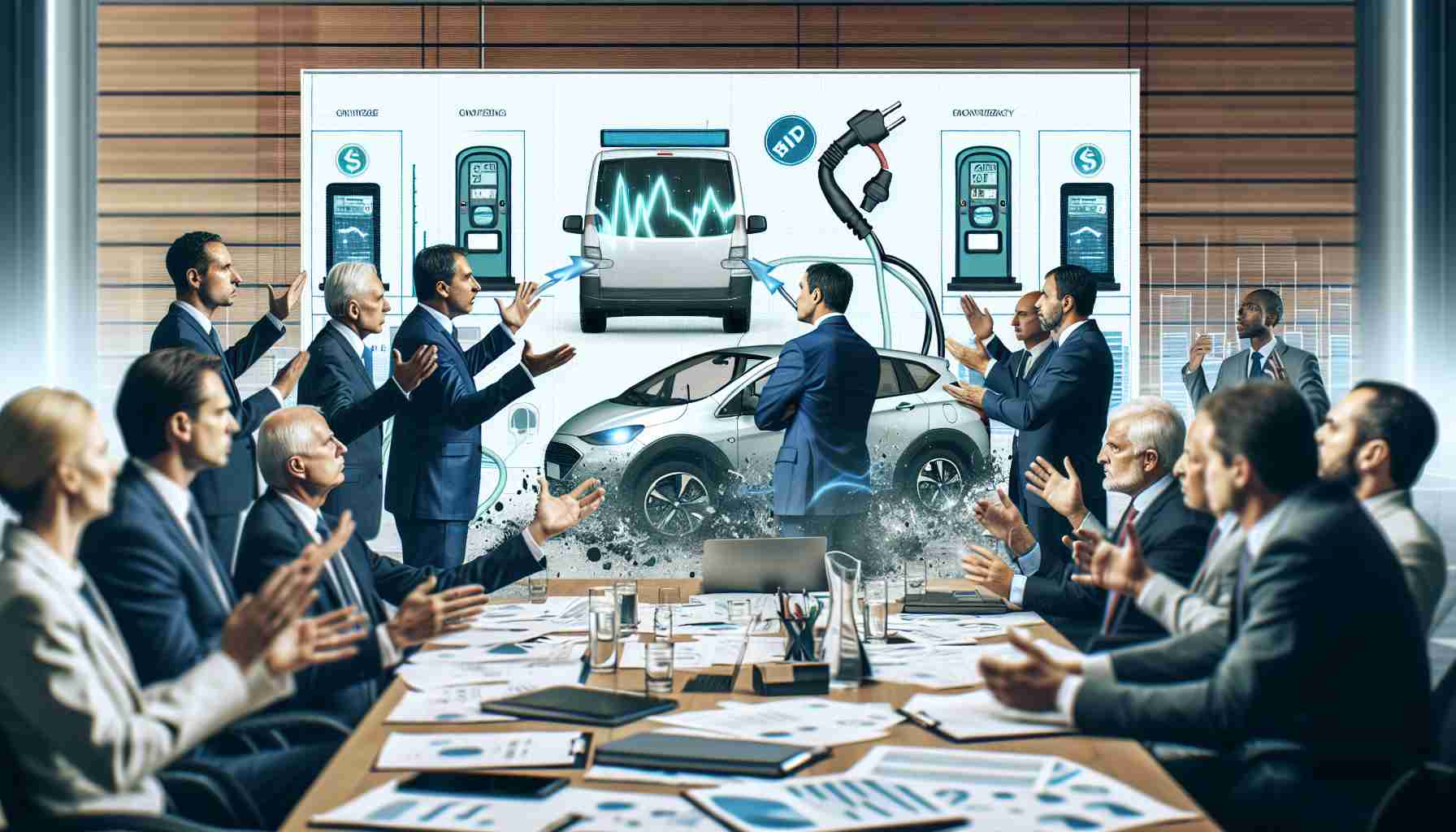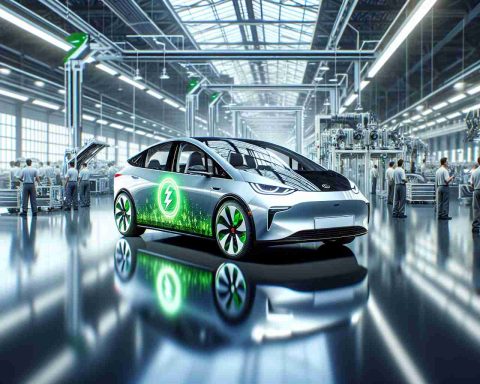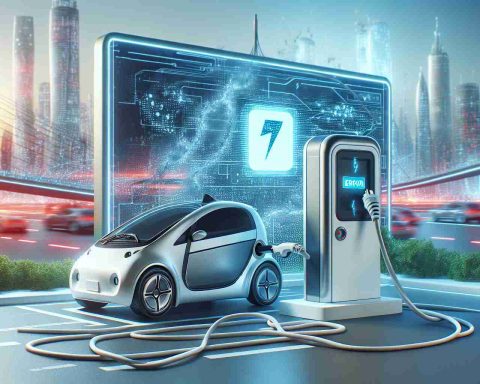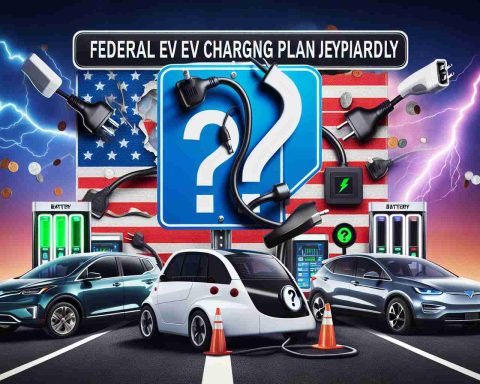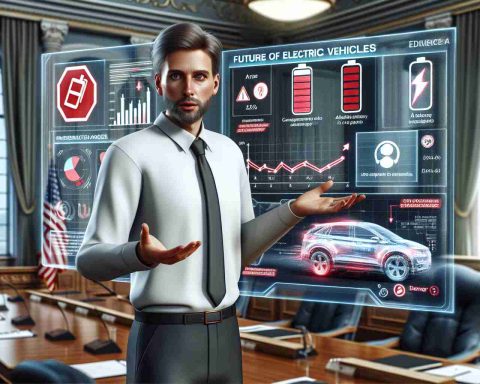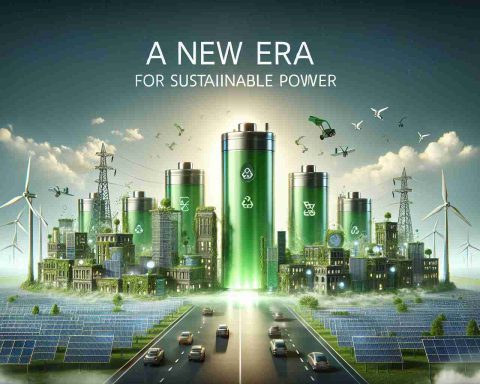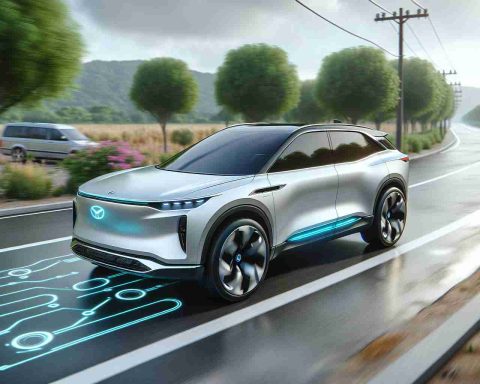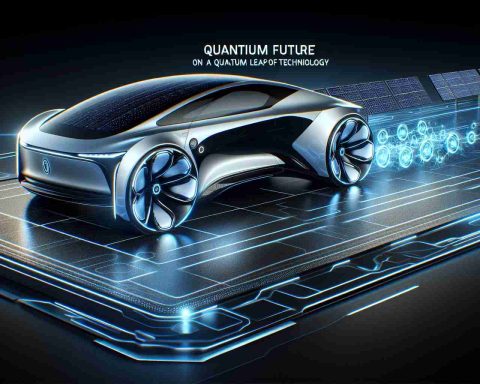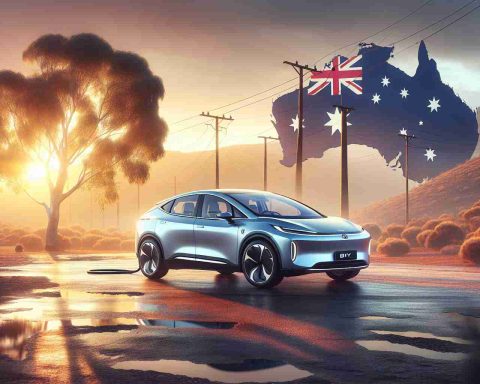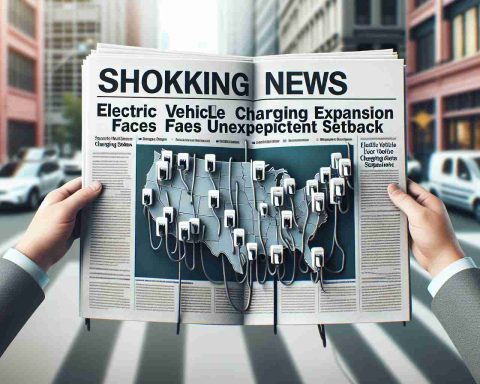- The Trump administration has urged states to stop spending on electric vehicle charging infrastructure.
- Criticism of EV funding as a “waste of taxpayer dollars” raises concerns about the future of this infrastructure.
- Delaying investment in charging networks could hinder the U.S.’s competitiveness in the global electric vehicle market.
- A strong charging infrastructure is vital for encouraging consumer adoption of electric vehicles and supporting green technology jobs.
- The announcement sparks a debate on the extent of federal support for clean energy and its long-term impact on the EV market.
- Decisions made now will significantly influence America’s environmental efforts and the transition to sustainable transportation.
In a surprising twist, the Trump administration is calling for states to halt their spending on electric vehicle (EV) charging infrastructure. Following a directive issued Thursday night, Trump criticized government funding for EV chargers as “an incredible waste of taxpayer dollars.” This sudden shift could have substantial repercussions for America’s burgeoning electric vehicle landscape.
As the nation pushes towards a greener future, the timing of this announcement raises eyebrows among environmental advocates and industry experts alike. Many are questioning the wisdom of stalling investment in a crucial component of the electric vehicle ecosystem, which has gained traction under previous administrations. With the global automotive market trending towards electrification, some industry insiders worry that this could hinder the United States’ ability to compete.
The infrastructure necessary to support electric vehicles is essential, not only for improved environmental health but also for stimulating economic growth and job creation in the green tech sector. Without a robust charging network, consumers may hesitate to make the leap to electric vehicles, which could slow the overall adoption rate of this cleaner technology.
As the debate unfolds, stakeholders must consider the long-term impact of this directive on the EV market. Will this lead to a significant setback in the transition to sustainable transport, or will it spark a broader conversation about the future of federal support for clean energy?
One key takeaway here is clear: the future of electric vehicle infrastructure hangs in the balance, and the decisions made today will shape the trajectory of America’s environmental efforts tomorrow.
Shocking Directive Threatens U.S. Electric Vehicle Progress
The recent announcement from the Trump administration to halt state funding for electric vehicle (EV) charging infrastructure has sent shockwaves through the green technology sector and raised vital questions about the future of electric vehicles in the United States. This topic is critical, with new discussions around infrastructure financing, environmental impact, and market predictions coming to the forefront.
Pros and Cons of Halting EV Charging Infrastructure Funding
Pros:
– Cost Savings: Some argue that government funding for EV infrastructure can be viewed as an unnecessary financial burden on taxpayers, especially if the market is gradually moving towards electrification without heavy investment.
– Market-Driven Solutions: A halt in funding could stimulate private sector investment and innovation, allowing companies to develop competitive charging solutions without government interference.
Cons:
– Slowed Adoption of EVs: Without sufficient infrastructure, potential EV buyers may feel uncertain about making the switch, thereby hindering growth in the market.
– Global Competitiveness: Countries like China and Germany are ramping up their investments in EV technology and charging networks, leaving the U.S. at risk of falling behind.
Current Market Insights and Predictions
The global automotive market is experiencing an undeniable shift toward electrification. According to recent forecasts, electric vehicle sales are expected to surpass 20 million units annually by 2030. If the U.S. does not bolster its EV infrastructure, it risks missing out on a significant market opportunity worth trillions.
Questions and Answers
Q1: How will this decision impact consumer confidence in electric vehicles?
A1: Consumer confidence may be negatively impacted, as the availability of charging stations is a key factor in consumer decisions to buy electric vehicles. A lack of infrastructure could deter potential buyers.
Q2: What are the long-term implications for the green technology job market?
A2: A halt in funding could result in fewer jobs in the green tech sector, as investment in infrastructure often leads to job growth in installation, maintenance, and related services.
Q3: Are there alternative funding models that could support EV infrastructure?
A3: Yes, alternative funding through public-private partnerships, tax incentives for private companies to build charging stations, or state-level initiatives could supplement or replace federal funding.
Trends in Electric Vehicle Infrastructure
The electric vehicle market is evolving, with a growing number of businesses entering the field of EV charging. Innovations such as fast-charging stations, wireless charging technologies, and renewable energy-powered charging solutions are gaining traction. Additionally, as sustainability goals become increasingly prioritized by consumers, the importance of a robust EV infrastructure cannot be overstated.
Sustainability and Security Aspects
Investing in electric vehicle infrastructure is not just an economic decision; it’s an environmental one. A comprehensive charging network is pivotal for reducing greenhouse gas emissions and combating climate change. On the security front, there are concerns about the cybersecurity of EV charging stations, which need to be addressed to ensure consumer safety.
As the discussions surrounding this directive continue, stakeholders must weigh the myriad factors at play and consider how best to navigate the future of electric vehicles and their infrastructure in the U.S.
For further insights into EV trends and infrastructure developments, visit Energy.gov.
